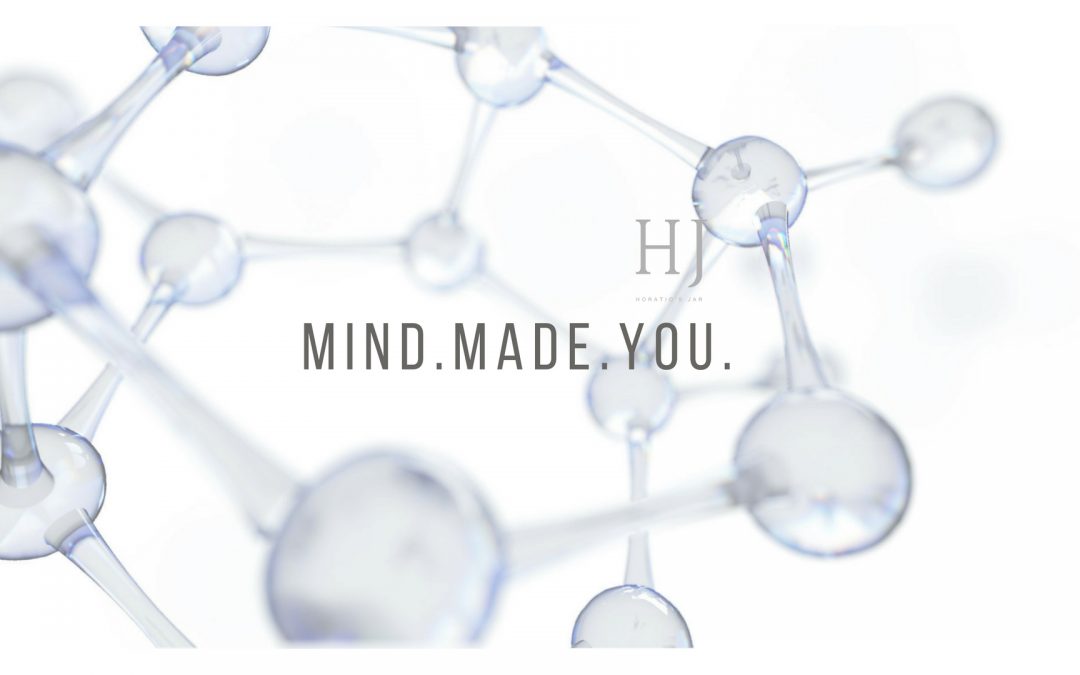MIND.MADE.YOU
With mindfulness and meditation it is possible to hack your own nervous system and re-shape your brain. Does reshaping your brain mean re-framing your existence…
Meditation and mindfulness is favored by most psychologists as good tools for emotional self-regulation, cognitive training, stress management, anxiety, PTSD and other mental illnesses. Scholars, schools and researches in human behavioural psychology, health and wellbeing are trialling new curriculums that incorporate the ethics and practice of eastern mindfulness in an attempt to curb the rising stats in childhood and adolescents mental illness.

Existing the world for over 15,000 years, the practice of meditation was once seen as some sort of mystical science out of reach and unrealistic, impractical and a little left of field for the everyday man. But with the upsurge of its popularity in the western culture and it’s rebranding as mindfulness in western psychology, meditation is fast becoming a household word.
‘The goal of meditation is simple – it is to increase your self-awareness so you can make better decisions in life, it helps you to navigate the mind rather than being a slave to it and helps you to explore different levels of your psyche. It opens the door to deeper self-awareness, self-acceptance and helps to replace negative thoughts and behaviours with new ones that are positive and well-meaning’. (See Meditation Vs Mindfulness )→
The health benefits that accompany this introspective practice are endless and that is why it is and should be, and is so widely used. There are thousands of scientific investigations and publications on the benefits of meditation and they include; lowered blood pressure, increased immunity, higher brain function, brain cell repair, enhanced creativity, concentration, empathy and longevity.
The coolest part about meditation is that It helps to re-wire, re-calibrate and upgrade your mental software through concentration practices, self-awareness and positivity training. Science confirmed this many years back when they started hooking up monks to FMRI and looking at how their brains would light up during deep concentration.
This beguiling collaboration between the ancient east and cutting-edge science has rocked the world in – as – much as it has provided vital evidence in proving the mind is plastic, (which means that it can be changed an rewired throughout our lifetime). Knowing the brain can be changed has enormously impacted the treatment of degenerative illness like Parkinson’s Disease and Dementia but has also pointed us toward some much more alluring concepts about who we are, what we are and what we are capable of achieving; when we put our minds to something. (sorry couldn’t help myself).
Buddha’s Brain: Neuroplasticity and Meditation
Find out more and follow the links below
→ https://www.ncbi.nlm.nih.gov/pmc/articles/PMC2944261/
→ ‘Meditation Meets Neuroscience’ – ABC
Guest Contributor: Emily Rack
Business Name: Horatio’s Jar
Publisher: Digital Schools
Emily Rack is a yoga teacher, meditation instructor, freelance writer and visual content creator. She incorporates a unique creative flair into her yoga and meditation classes, courses and workshops. Emily hosts events and classes in schools and the wider community & is passionate about teaching the art of mindfulness.
——-
PUBLISHER’S DISCLAIMER: The publisher of this blog post (Digital Schools PTY LTD) works in partnership with the school as a 3rd party provider to help build and maintain the school website. Digital Schools sources a range of experts who provide products and/or services to educational institutions and we work with them to produce and publish topical information in the form of blog posts that we think may be relevant, interesting or topical to families within the community. The views, opinions and content listed in this blog post are that of the guest contributor and/or publisher (Digital Schools). It should be noted that whilst the publisher and guest contributors are acting with the best intentions and in the best interests of the school and their community to provide helpful or interesting information, sometimes the content may not necessarily reflect the views of the school.
The information in this blog post is not meant to be used, nor should it be used, to diagnose or treat any medical condition. For diagnosis or treatment of any medical problem, consult your own physician. The school and the publisher of this blog post are not responsible for any person reading or following the information in this article who may experience adverse effects.
Any references to external websites or sources are provided for informational purposes only and do not constitute endorsement by the school or publisher in any way and the publisher and/or school cannot guarantee accuracy of information listed.
If you have feedback on any content on this platform, you can submit it to the publisher using the feedback link provided at the bottom of this page.



